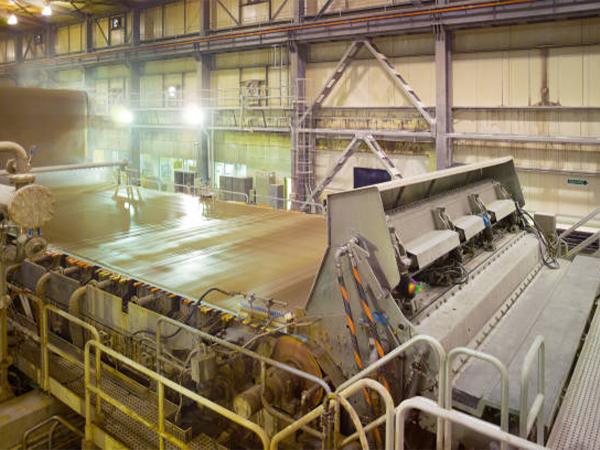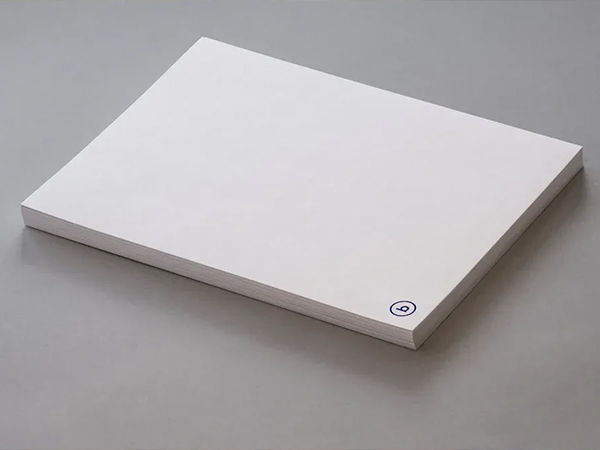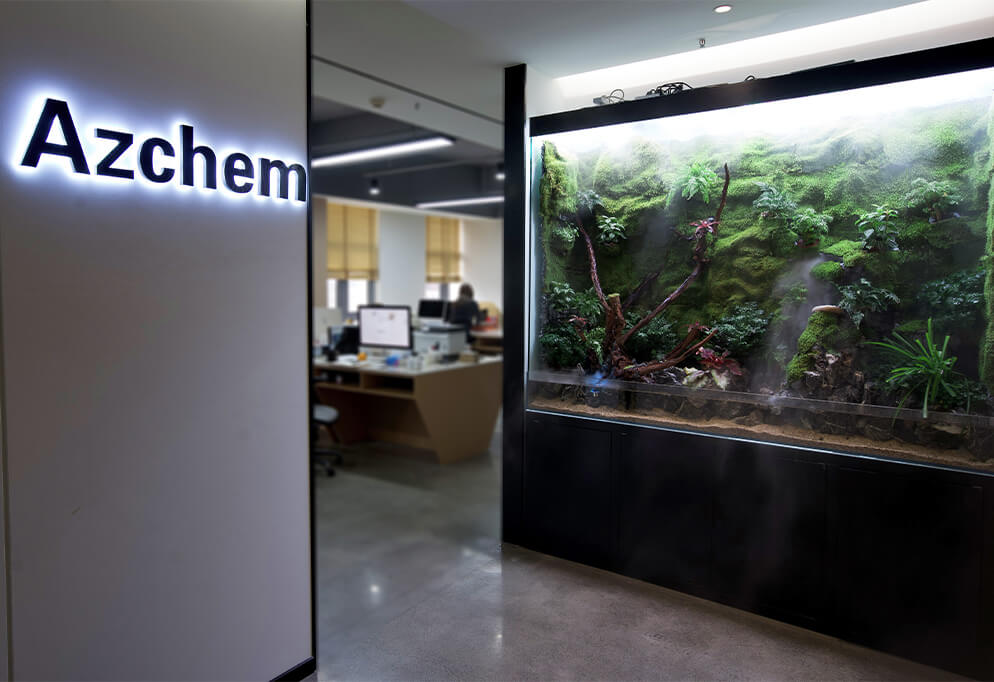The tobacco industry has extremely stringent and specific requirements for paper. Cigarette quality, smoke experience, and even health impacts are closely tied to the specialty papers used. These papers not only serve basic functions like packaging and shaping but also play key roles in reducing tar, enhancing product grade, and enabling anti-counterfeiting and traceability. Below are two critical types of specialty papers in the tobacco industry:

1. High-Airflow Filter Rod Tipping Paper
This advanced paper is essential for making high-efficiency cigarette filters. Paired with laser- or mechanically perforated tipping paper, it plays a pivotal role in national tobacco sector “tar reduction initiatives.” Its technical demands are extremely high:
- Strength Requirements: Must withstand rapid production, with machine- or cross-direction tensile strength ≥ 1.5 kN/m.
- Airflow Performance: Requires extremely high porosity between 5,000–10,000 CU to introduce dilutive air through perforations.
- Uniformity and Adhesion: Must also maintain excellent sheet uniformity and strong bonding with adhesives.
Production Process & Key Considerations:
- Raw Materials: High-grade bleached chemical pulp or cellulose fibers with specific morphology and refinement for controlled porosity.
- Pulping & Additives: Precise refining to balance fiber bonding and porosity. Fillers (e.g., CaCO₃) and chemical additives (wet/dry strength agents) must be carefully calibrated.
- Sheet Formation: Controlled headbox consistency, wire speed, and vacuum suction on paper machines optimize fiber distribution and pore structure.
- Pressing & Drying: Light press load preserves porosity. Drying conditions must be tightly managed to prevent shrinkage.
- Surface Treatment: Light sizing may be applied to improve surface strength without compromising porosity.
- Winding & Slitting: Ensuring clean edges and consistent tension for downstream high-speed tipping processes.
Main Challenges:
- Strength‑Airflow Trade‑off: Balancing porosity with tensile strength via raw material, refining, and additive optimization.
- Uniformity: Critical to performance; demands strict control of machine parameters.
- Fiber & Filler Distribution: Avoid “clouds” or streaks to ensure consistent porosity and appearance.
- Moisture Control: Precise water content is essential for strength and process performance.
- Cleanliness: High standards for water, pulp, and environmental cleanliness to prevent defects.
2. Tipping Paper & Tipping Base Paper (Perforated Paper)
Tipping paper—used to wrap the filter—features woodgrain or other visual patterns and directly contacts the consumer’s lips, demanding high safety and hygiene standards. Ink and coatings must be food-safe, non-toxic, and non-deforming in use hydration.
Two main types:
- Printed Tipping Paper: Uses fine gravure printing for clear, decorative, high-quality patterns. Ideal for mid- to high-end cigarettes.
- Coated Tipping Paper: Simpler coating method with lower surface quality, mainly used for lower-end cigarettes.
Function and use have expanded:
- Visual enhancement with multi-color designs is increasingly requested.
- Perforated tipping papers—especially laser-perforated versions—support tar reduction by adding airflow, offering precise, controlled porosity.
- The high-end market increasingly uses printed tipping paper with decorative and anti-counterfeit features.
Production Process & Key Considerations:
Tipping Base Paper Production
- Raw Materials: High-grade bleached chemical pulp with strength, opacity, low lint, and printable surface.
- Process: Standard papermaking with refined fiber treatment, fillers (e.g., TiO₂ for opacity), sizing (for moisture control), and calendering.
- Quality Control: Consistency in whiteness, smoothness, water absorption, tensile strength, and elongation directly influences print and coating outcomes. Dust/minute contaminant control is crucial.
Tipping Paper Processing (Printing/Coating)
- Raw Materials: Base paper plus food-grade inks, coatings, adhesives.
- Printing: Gravure machines for precision multi-color output. Requires alignment precision and food-safe gravure ink. Critical steps include ink drying and curing.
Summary
Cigarette specialty papers must achieve a delicate balance of strength, airflow, hygiene, print quality, and safety. Manufacturing them involves specialized raw materials and advanced processing across pulping, refining, formation, additives, surface treatment, and finishing. Technological precision and environmental control are essential to produce reliable, high-performance papers used directly in consumer products and as part of advanced tobacco industry standards.






